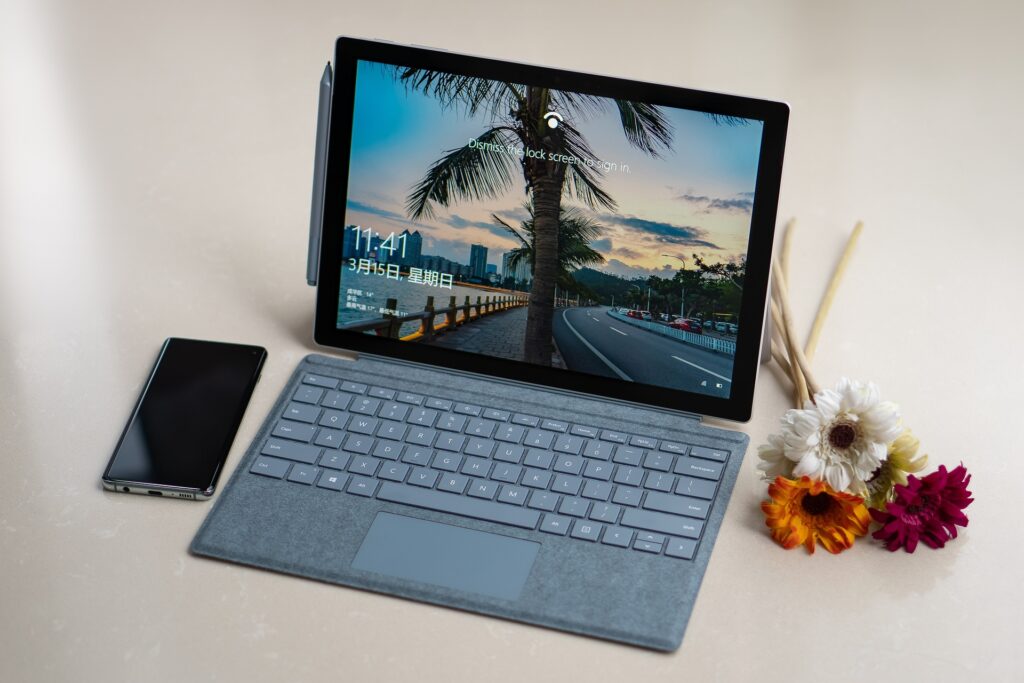There are ten tried and true methods that may be used to speed up a slow computer.

There are ten tried and true methods that may be used to speed up a slow computer.
When you are working on a computer that is operating at a slower speed than normal, there is nothing more aggravating than that. An inefficient personal computer may be a significant hindrance to productivity, regardless of whether you are attempting to complete a significant job, view a movie, or just surf the internet. You are in luck since it is not always necessary to replace your computer; all it takes is a few simple adjustments and routine maintenance procedures to bring it back to life.
Here are ten tried-and-true ways that are simple to use in order to speed up your sluggish computer and make it perform more smoothly than it ever has before.
1. Perform Regular Hard Restarts of Your Computer
Numerous of us do not restart our computers after allowing them to function for several days or perhaps weeks without doing so. It is possible for temporary files and background processes to accumulate over time, which may negatively impact performance. The memory (RAM) of your computer is cleared up when you restart it, and it also prevents any unwanted processes from running in the background.
Be sure to make it a routine to restart your personal computer at least once or twice every week. In the event that you experience abrupt latency, a power restart may often resolve the problem immediately.
2. Remove any programs that are not required.
There is a significant amount of pre-installed software, trial programs, and obsolete applications that use important storage space and resources on the system. The time it takes for your computer to start up and its general performance might both be slowed down by these unneeded apps.
Learn How to Fix It:
- You may delete applications that you are no longer using by going to Control Panel, then selecting Programs, and then selecting Uninstall a Program (Windows) or by using Finder, then selecting Applications (Mac).
- Take extra precautions to avoid erasing potentially vital drivers or system tools.
3. Put a cap on startups programs
It is possible that some apps may start up automatically when you start up your computer, which might cause the boot time to be excruciatingly sluggish. A significant number of these applications are superfluous and may be deactivated without having any impact on your system.
Fixing It (Windows): How to Do It
- Open Task Manager by pressing Ctrl, Shift, and Esc simultaneously.
- You may deactivate apps that you do not need to run at startup by going to the Startup tab.
- In order to configure starting applications on a Mac, go to System Preferences, then Users & Groups, and finally Login Items.
4. Delete Temporary and Junk Files of Your Computer
It is possible for temporary files, cached data, and old system files to use gigabytes of space, which will result in a decrease in the speed of your computer. Eliminating these files is a simple method that may help you clear up space and speed up the process.
Learn How to Fix It:
- The built-in Disk Cleanup program in Windows should be used.
- Install free software such as CCleaner to remove clutter as quickly as possible.
- On a Mac, you may test out the Optimize Storage option that is built in.
5. Search for malicious software and viruses
The performance of your computer might be drastically slowed down by viruses, spyware, and other unwanted applications. Frequently, malicious software may execute covert programs that will use up system resources, resulting in performance concerns.
Learn How to Fix It:
- Begin by using a reliable antivirus application, such as Windows Defender or Bitdefender, to perform a comprehensive system scan.
- In order to identify hidden dangers, you may make use of free malware cleanup applications such as Malwarebytes.
6. Make Clear Space on Your Hard Drive
The fact that your hard disk is almost completely full might cause your computer to run more slowly since the system requires open space for virtual memory and temporary data. If you are running out of storage space, your computer will have difficulty doing even the most fundamental of activities.
Learn How to Fix It:
- Delete any outdated applications, downloads, or files that you choose not to use.
- Send huge data, such as films and photographs, to a cloud storage service or an external device.
- It is possible to permanently erase deleted files by emptying the Recycle Bin.
7. Turn off the visual effects mode.
However, despite the fact that they are visually appealing, complex animations and visual effects might cause your computer to run more slowly, particularly if you are using an older system.
Fixing It (Windows): How to Do It
- Navigate to the System menu, then choose Advanced System Settings, and finally select Performance Settings.
- When you want to deactivate effects that aren’t essential, choose Adjust for optimal performance.
- To decrease the amount of motion on your Mac, go to System Preferences, then Accessibility, and finally Display.
8. Regularly update your computer’s software and drivers.
Issues with latency and performance may be brought on by operating systems and drivers that are out of current. Bug fixes and other changes that help your system work more smoothly are often included in updates.
Learn How to Fix It:
- To access Windows Update, go to the Settings menu on Windows, then choose Update & Security, and finally select Windows Update.
- To update software on a Mac, go to System Preferences and then choose Software Update.
- Whenever it is required, you should visit the website of the manufacturer to update the drivers for your graphics card, network, and audio.
9. Upgrade Your Computer’s Hardware
If, after implementing all of the aforementioned remedies, your computer is still running slowly, it may be time to think about upgrading its hardware. The following are two of the most straightforward and efficient upgrades:
- Increasing the amount of random access memory (RAM) on your computer enables it to perform various jobs in a more effective manner.
- SSDs, or solid-state drives, are substantially quicker than conventional hard drives and have the potential to greatly enhance performance. Switching to an SSD is a good idea.
10. Clear the cache and extensions located in your browser.
Your web browser can be to blame if you have a sluggish surfing experience on your computer when you are using the internet. Your time spent online may be slowed down if you have an excessive number of extensions, cookies, and cached files.
Learn How to Fix It:
- Disable or remove browser extensions that are not being utilized.
- You should frequently clear your cache and cookies from the settings of your browser.
- Brave and Opera are two examples of lightweight browsers that are meant to function more quickly than other browsers.
Extra Tip: Make Sure Your Desktop Is Always Clean
Did you know that if you have an excessive number of shortcuts or files on your desktop, it might cause your computer to run more slowly? Because the loading of each icon requires memory, maintaining a clean desktop may bring about improvements in efficiency.
If your computer is performing slowly, you may not necessarily need costly repairs or a new computer to remedy the problem. It is possible to free up system resources, get rid of things that aren’t essential, and make your computer function like it was brand new if you follow these ten simple steps. It is important to do routine maintenance on your personal computer, such as cleaning files, upgrading software, and restarting it, in order to keep it running quickly and reliably.




